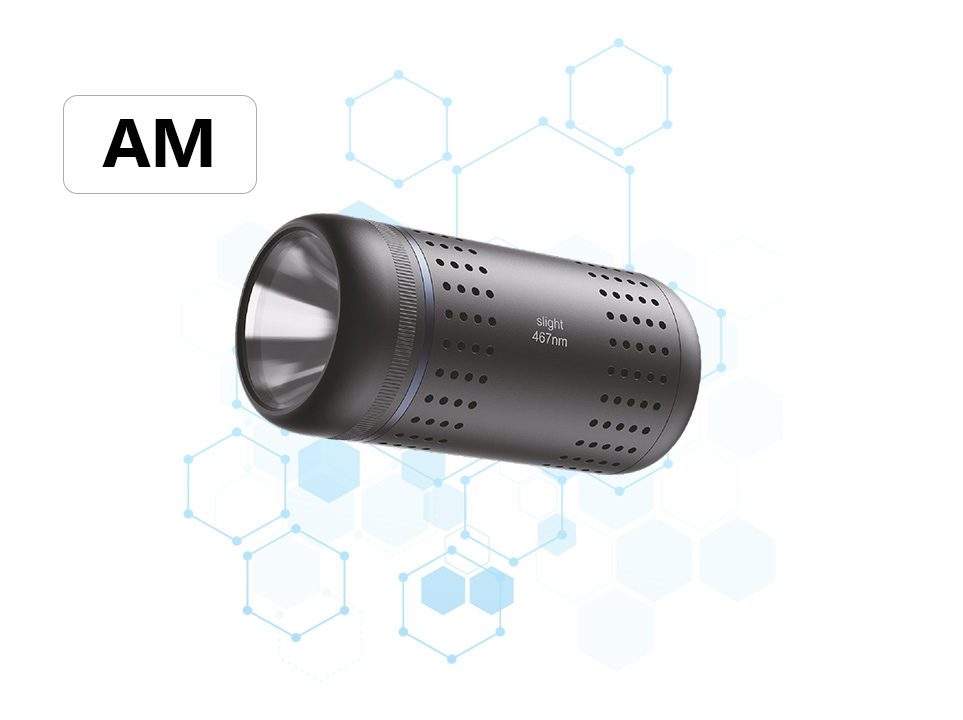Wavelength screening strategy for UV continuous flow reactor
Abstract:
The utilization of ultraviolet (UV) radiation in continuous flow reactors has emerged as a promising technology for various chemical and environmental applications, offering enhanced reaction rates, improved selectivity, and better process control. A crucial aspect of optimizing the performance of UV continuous flow reactors is the selection of an appropriate UV wavelength. This study presents a comprehensive wavelength screening strategy aimed at identifying the optimal UV wavelength for specific reactions within a continuous flow reactor setup. The strategy integrates theoretical predictions, experimental validations, and process optimization techniques to ensure maximum efficiency and effectiveness.
Introduction:
UV radiation, characterized by its short wavelength and high energy, is known to induce photochemical reactions by exciting electrons in molecules to higher energy states. In continuous flow reactors, UV light can be harnessed to drive a range of reactions, including oxidation, reduction, polymerization, and degradation. However, the choice of UV wavelength significantly influences the reaction kinetics, yield, and product selectivity. Therefore, a systematic wavelength screening strategy is essential for tailoring the UV continuous flow reactor to specific reaction needs.
Materials and Methods:
Theoretical Predictions:
Quantum chemical calculations were performed using density functional theory (DFT) to predict the absorption spectra of reactant molecules.
The calculated absorption maxima were used to identify potential UV wavelengths for exciting the reactants.
Experimental Setup:
A UV continuous flow reactor equipped with adjustable wavelength UV-LED sources was constructed.
The reactor was operated under controlled temperature, pressure, and flow rate conditions.
Wavelength Screening:
A series of experiments were conducted at different UV wavelengths within the predicted absorption range.
Reaction progress was monitored using inline spectroscopy and chromatography.
Yield and selectivity of the desired products were determined for each wavelength.
Optimization Techniques:
Response surface methodology (RSM) was applied to analyze the experimental data and identify the optimal wavelength.
Additional experiments were conducted at the identified optimal wavelength to validate the RSM predictions.
Results:
The theoretical predictions successfully identified absorption maxima for the reactant molecules, guiding the selection of UV wavelengths for experimental screening. The experimental results revealed significant variations in reaction rates, yields, and product selectivities across different wavelengths. The application of RSM allowed for the precise determination of the optimal UV wavelength, which maximized the yield of the desired product while minimizing byproduct formation.
Discussion:
The wavelength screening strategy developed in this study demonstrates the importance of combining theoretical predictions with experimental validations for optimizing UV continuous flow reactors. The use of DFT calculations provided valuable insights into the absorption characteristics of the reactants, enabling a targeted approach to wavelength selection. The experimental validation step was crucial for confirming the theoretical predictions and identifying any discrepancies that might arise due to real-world reactor conditions. The application of RSM further refined the wavelength selection process, leading to the identification of the optimal wavelength for the specific reaction studied.
Conclusion:
In conclusion, a robust wavelength screening strategy for UV continuous flow reactors has been developed and validated. This strategy integrates theoretical predictions, experimental validations, and optimization techniques to ensure that the optimal UV wavelength is selected for maximizing reaction efficiency and product selectivity. The findings of this study have broad implications for the design and operation of UV continuous flow reactors in various chemical and environmental applications.
Keywords: UV continuous flow reactor, wavelength screening, quantum chemical calculations, experimental validation, response surface methodology.





